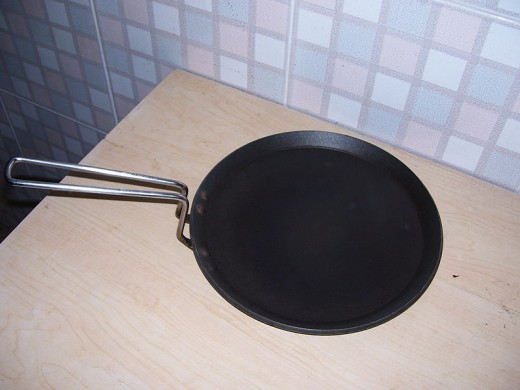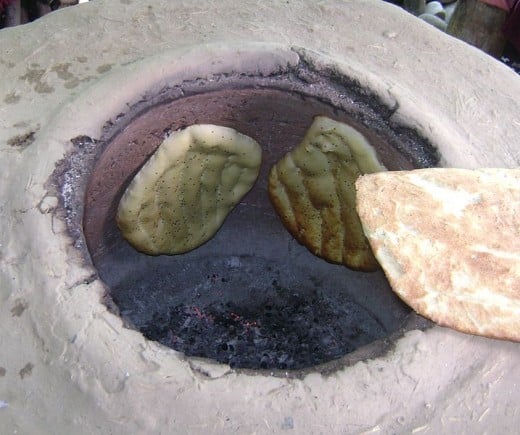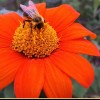From the Tandoor Oven to the Tawa. Three Popular Flatbreads of India


The people of India love their flatbreads. They serve them with just about every meal and each region has their varieties. The most popular flatbreads are naan, paratha, and roti or chapati. The appliances used to cook them are the tandoori or tandoor oven and the tawa. The tandoori oven is a large clay or earthen oven somewhat similar to a pizza oven. It originated in Southern Asia. Some say in Afghanistan. Others point to Iran. Eventually, it was brought to India.
The early tandoori oven was made from dried clay and sunk into the earth. Wood or charcoal was placed under it for heating. Today the oven varies in material, size, and heat source. Besides all-clay, there are ovens with stainless steel housing and pre-fired clay or ceramic inlay. The standard size mouth range from eight to twenty-two inches in diameter and the belly, about twelve to forty-four inches. Ovens can cost as much as $15,000 or more depending on material and whether the heat source is charcoal, gas or electricity. The electric ones are preferred for home use because they are safer (the housing remains cool), sturdier, more durable, and cook faster. The temperature of a tandoori oven has been known to reach as high as 900 degrees Fahrenheit.
Naan, the flatbread that is perhaps most familiar to Westerners who enjoy Indian food, is typically baked in the tandoori oven. The main ingredients are white, all-purpose flour called maida or wheat flour called atta, salt, water, yeast, ghee (clarified Indian butter) or vegetable oil. Some people add egg, yoghurt or milk for a thicker flatbread. Once the dough is made, it is set aside up to four hours to rise. Afterwards, it is fashioned into balls which are rolled out and baked until they bubble and turn brown. It is then based with butter and served hot. Sometimes, it is used like flatware to pick up other food. It can also be stuffed with meats, vegetables or fruits and nuts. Spices like garlic and coriander are occasionally added for tastier dough. Naan can also be made gluten-free.
The tawa also called tava or tavah is a simple griddle much like you would use for pancakes. Some are large and flat. Others are slightly concave. The usual tawa is made from heavy cast iron and is seasoned (coated with vegetable oil, butter or shortening then baked for a couple of hours) before use. It can also be made from lighter aluminum or steel. They even come with non-stick Teflon coating. There are tawas with and without rims as well as with or without handles.
The paratha flatbread is usually cooked on the tawa. Its main ingredients are atta, salt, water, ghee, and vegetable oil. Unlike naan, it is unleavened, so the dough is not left to rise. Paratha can be made into any shape: round, square, triangular or anything else. It is usually cooked crispy or flaky depending on region. Northern India and my native Republic of Trinidad and Tobago (TNT) prefer the flaky version. In TNT, we call it ‘buss-up-shut.’ We make it with layers and after cooking, coat it with butter then beat it into the flaky or crumbly form. In India, the flatbread is traditionally eaten at breakfast with a topping of butter, chutney or yoghurt. It can also be filled with vegetables like cauliflower, seasoned potato, radish or yellow split peas as in TNT. Sometimes, it is served rolled up like a tube.
The third most popular Indian flatbread is roti or chapati. It can be made in either the tandoori oven or on the tawa. Typically, it is cooked on the tawa. Like naan and paratha, this unleavened bread comes in varieties, but the basic ingredients are atta or maida, baking soda, salt, and water. Ghee or vegetable oil may be added for softness. The dough is kneaded then rolled flat and baked. It can be stuffed with meats, vegetables, lentils or combinations thereof and folded like a Spanish tortilla. The dough itself is sometimes infused with seasonings and split peas or lentils before cooking. Of the three flatbreads, roti is found throughout all of India.




